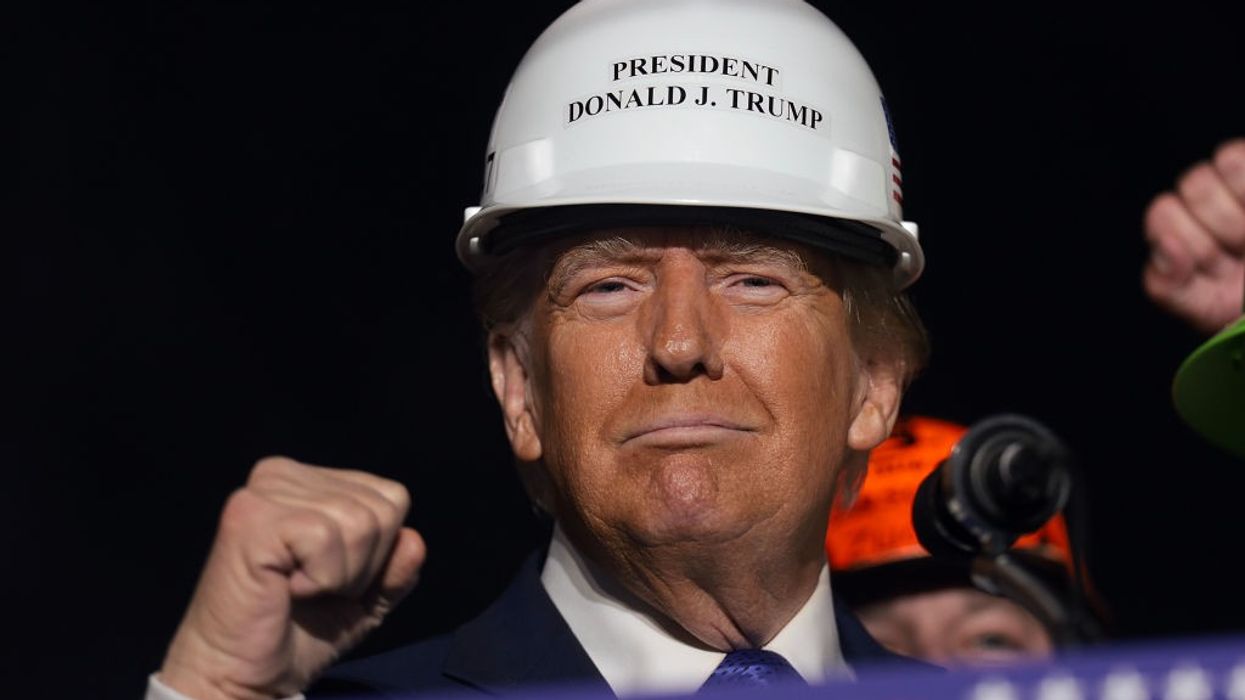'Not a Pretty Picture,' Expert Says of Trump Economy as Job Growth Grinds to a Halt
"It seems to me like we are looking at a labor market with near-zero labor force growth and near-zero real wage growth," wrote economist Dean Baker. "This means that real labor income in the economy is essentially flat."
Even without the benefit of recent federal jobs data, which the Trump administration has withheld amid the government shutdown, a prominent US economist argued Wednesday that it's clear the labor market under Donald Trump's leadership is increasingly grim.
Citing private figures that have been used to fill the void left by two consecutive missed jobs reports from the federal government, Dean Baker of the Center for Economic and Policy Research argued that "we can infer" weak job growth in September and suggested Trump or his aides "likely reviewed the September data and made a decision not to release it."
More broadly, Baker wrote, the payroll firm ADP "shows average private sector job growth of just 10,000 a month for the three months from July to October. Since this excludes the government sector, which likely shed jobs over this period due to federal layoffs (even pre-shutdown), the ADP data imply essentially zero job growth over this period."
"The other part of the story is that wage growth also seems to have slowed especially for workers at the bottom end of the wage distribution," Baker added. "It looks to me like we are looking at a labor market with near-zero labor force growth and near-zero real wage growth. This means that real labor income in the economy is essentially flat."
"That is not a pretty picture from the standpoint of the bulk of the population, and it does not describe a very stable path of economic growth," he continued. "When the AI bubble bursts, things might get really ugly really fast."
Baker's assessment came as CNN reported that President Donald Trump considered "traveling the country to give economy-focused speeches" as consumer sentiment craters, tariffs drive up prices, millions face skyrocketing health insurance premiums, and people across the country reel from the administration's assault on safety net programs.
Publicly, Trump has dismissed the notion that people are struggling economically under his administration, calling polling to that effect "fake."
"The economy's the strongest it's ever been," Trump falsely declared during a recent Fox News interview.
On Tuesday, the White House was widely mocked for citing extremely limited data from the food delivery company DoorDash to proclaim that Trump's agenda is "delivering real results for American families."
They’ve laid off so many people that the government is now getting its economic data from DoorDash.
[image or embed]
— Dare Obasanjo (@carnage4life.bsky.social) Nov 11, 2025 at 8:09 PM
Economist Paul Krugman wrote in a blog post on Wednesday that Trump is beginning to face "backlash against his attempts to gaslight the public about the true state of the economy," pointing to "the blowout Democratic victories in last week’s elections" as just part of that backlash.
"Once again, these attempts aren’t about putting a positive spin on the data. They’re just flat-out lies," Krugman wrote. "And Democrats should hammer those lies as proof not just that Trump is utterly dishonest, but that he’s completely out of touch with the reality of American life."
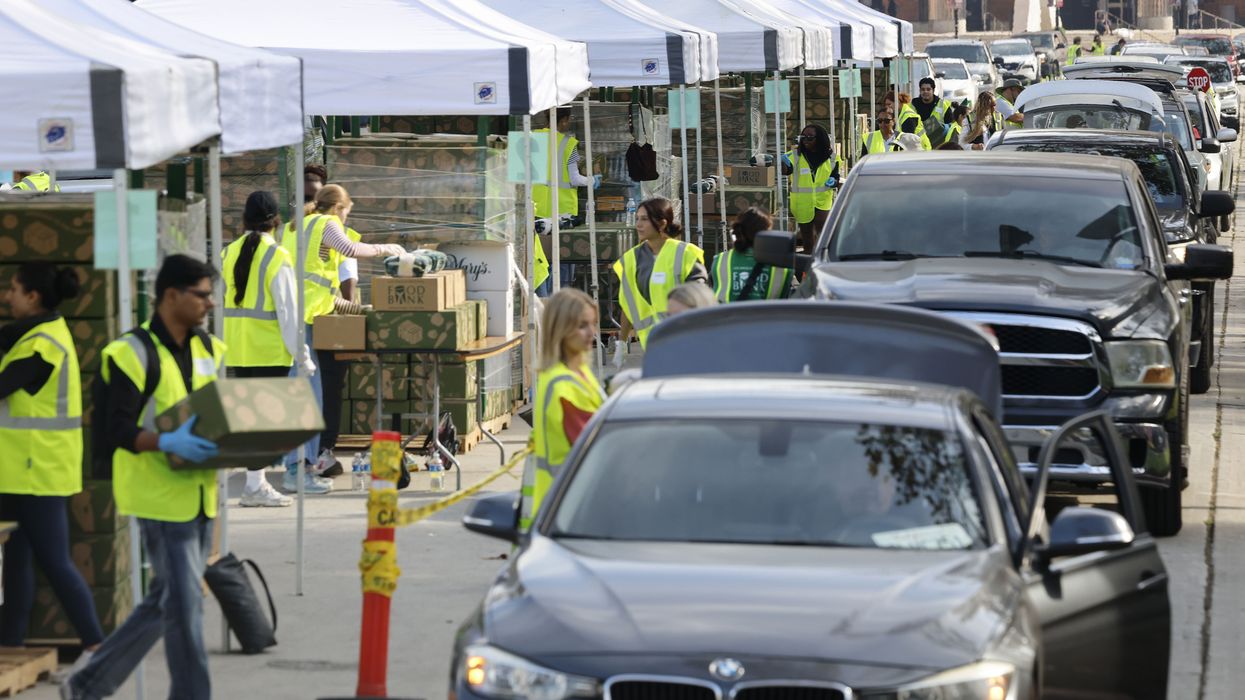
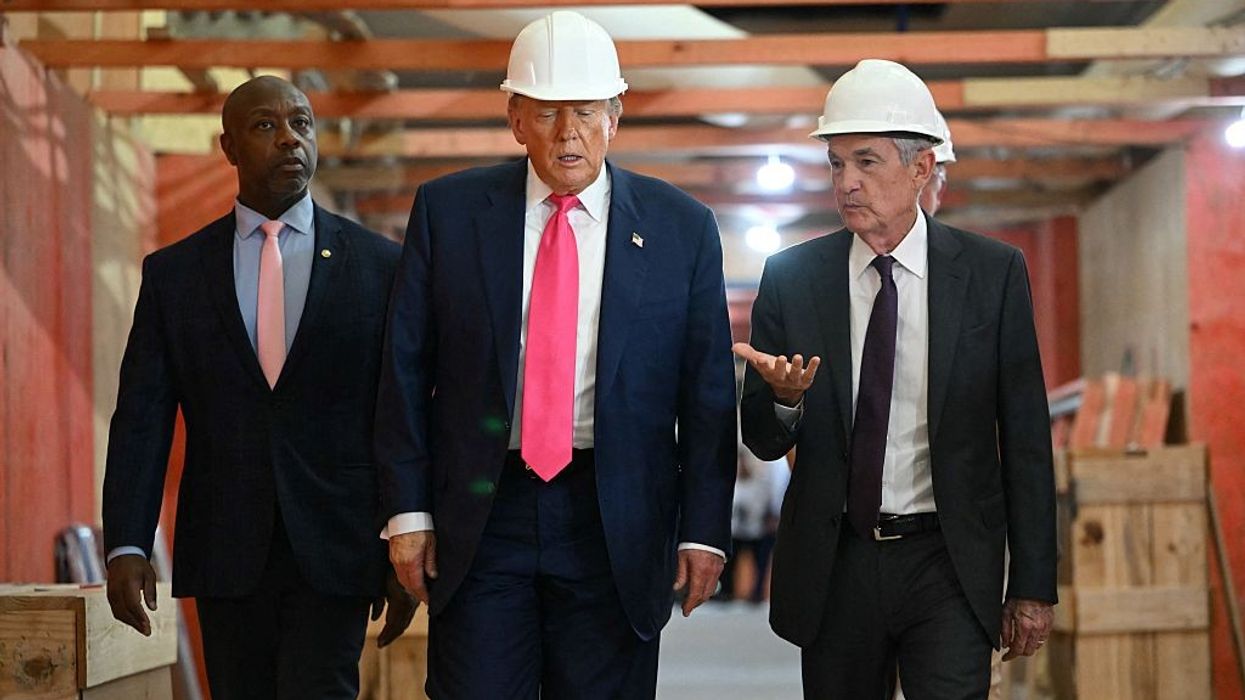
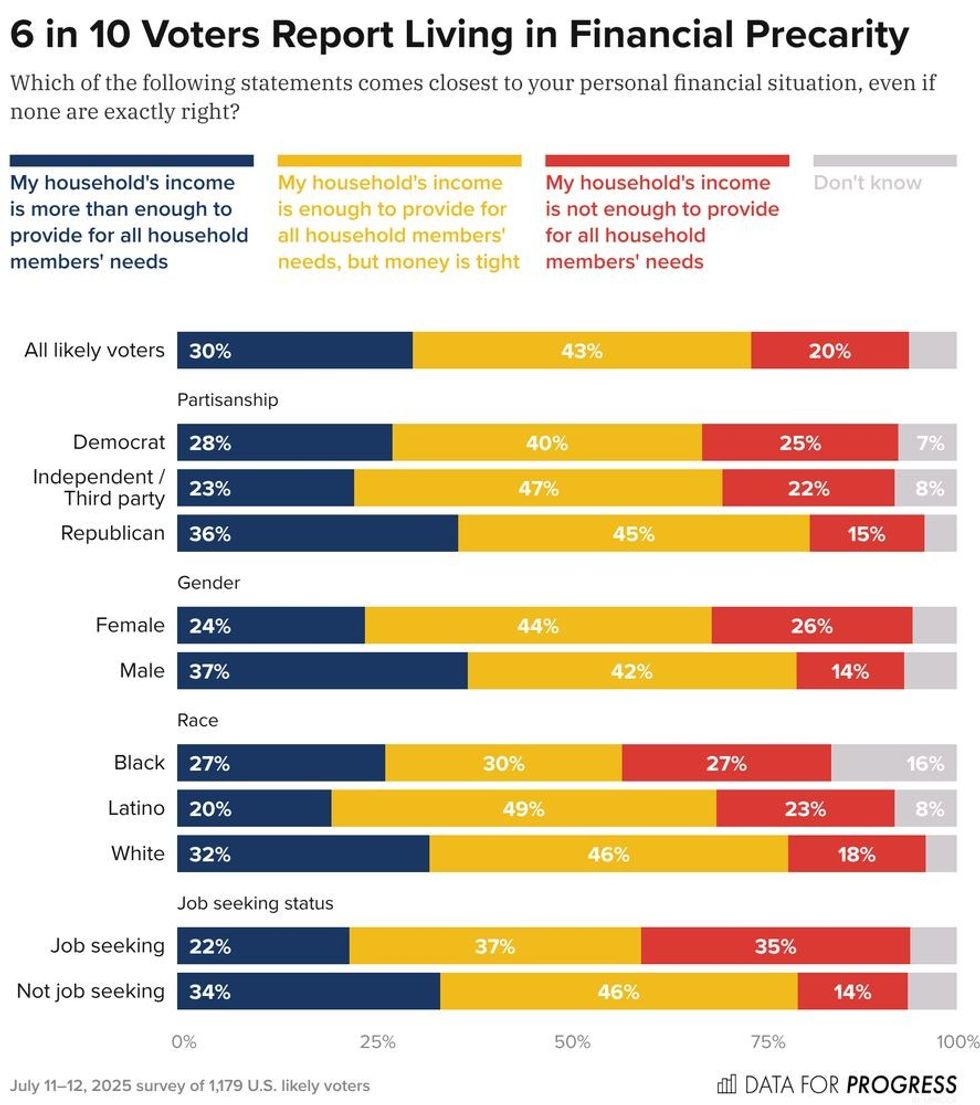 (Graphic: Data for Progress)
(Graphic: Data for Progress) 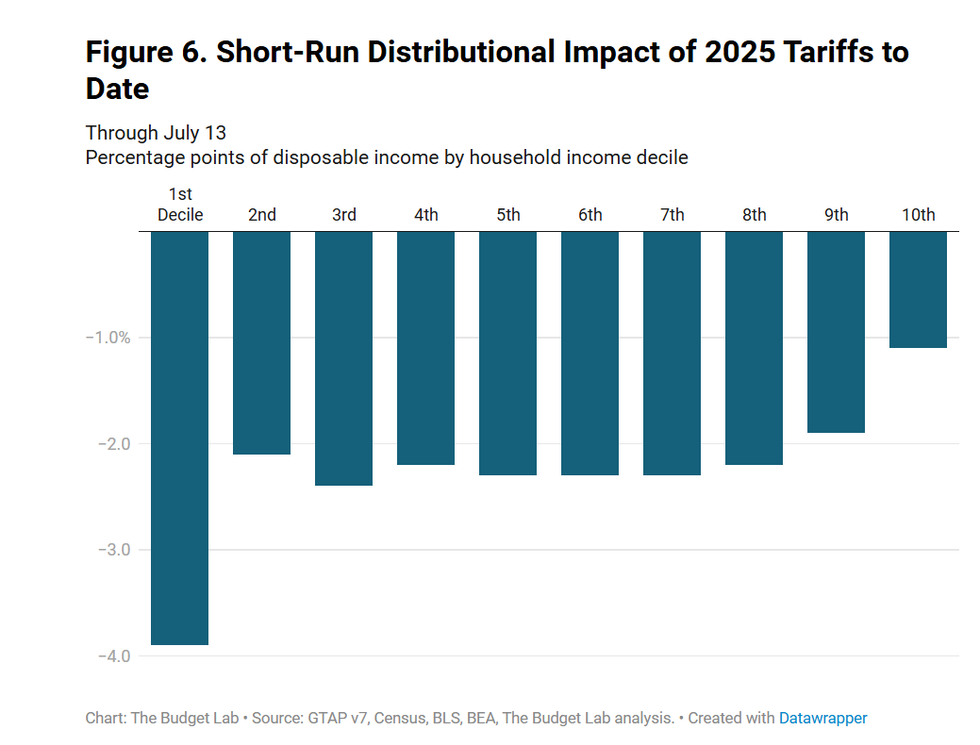 (Graphic: Yale
(Graphic: Yale